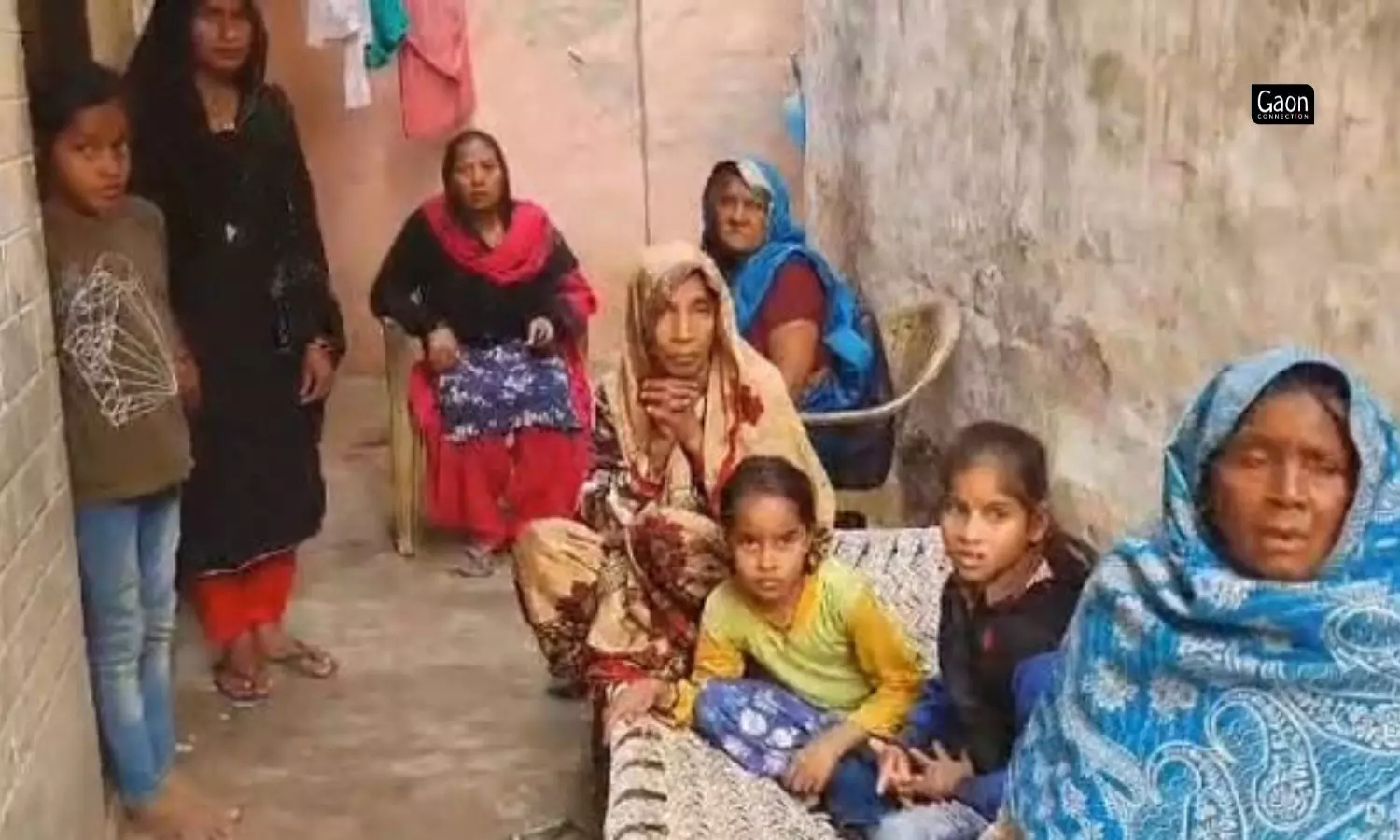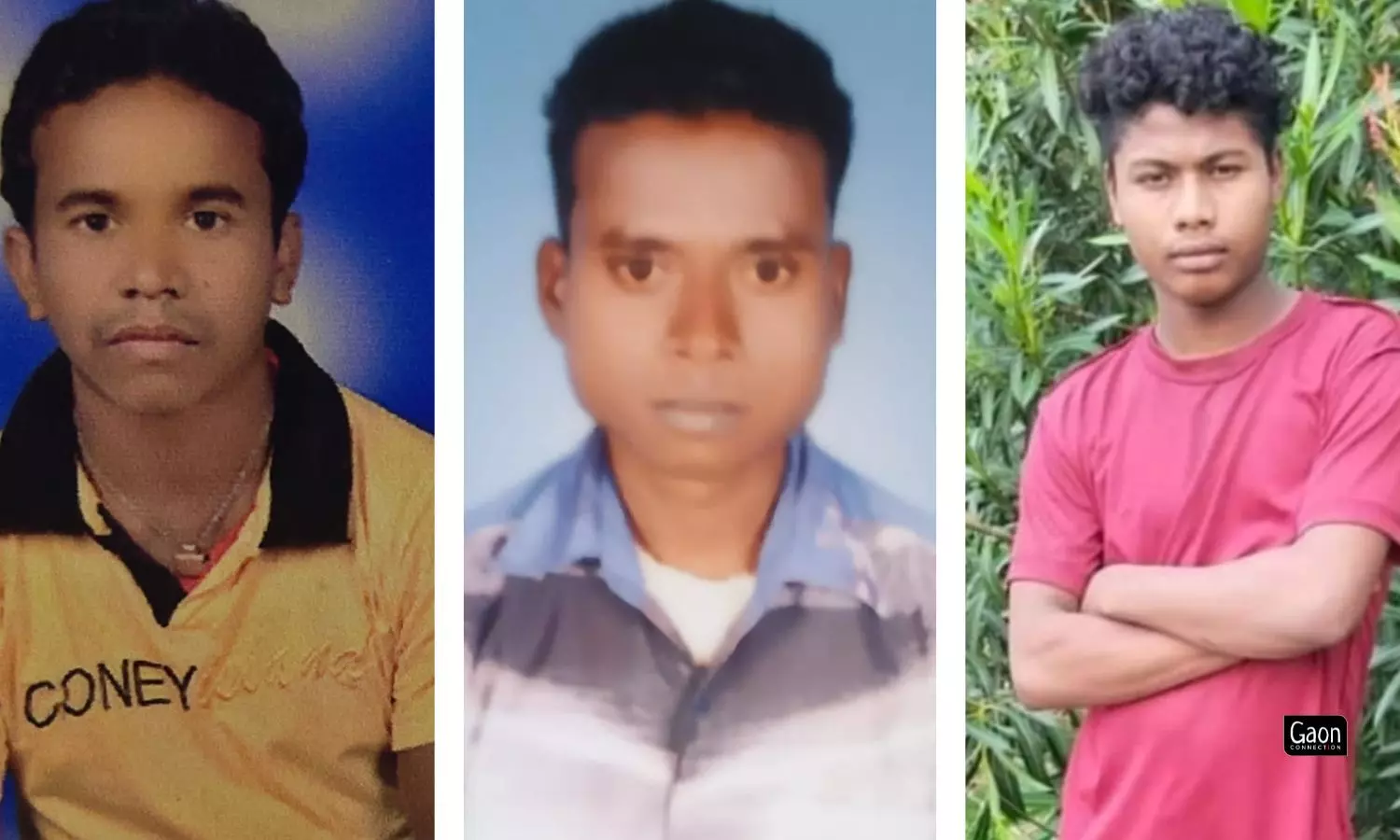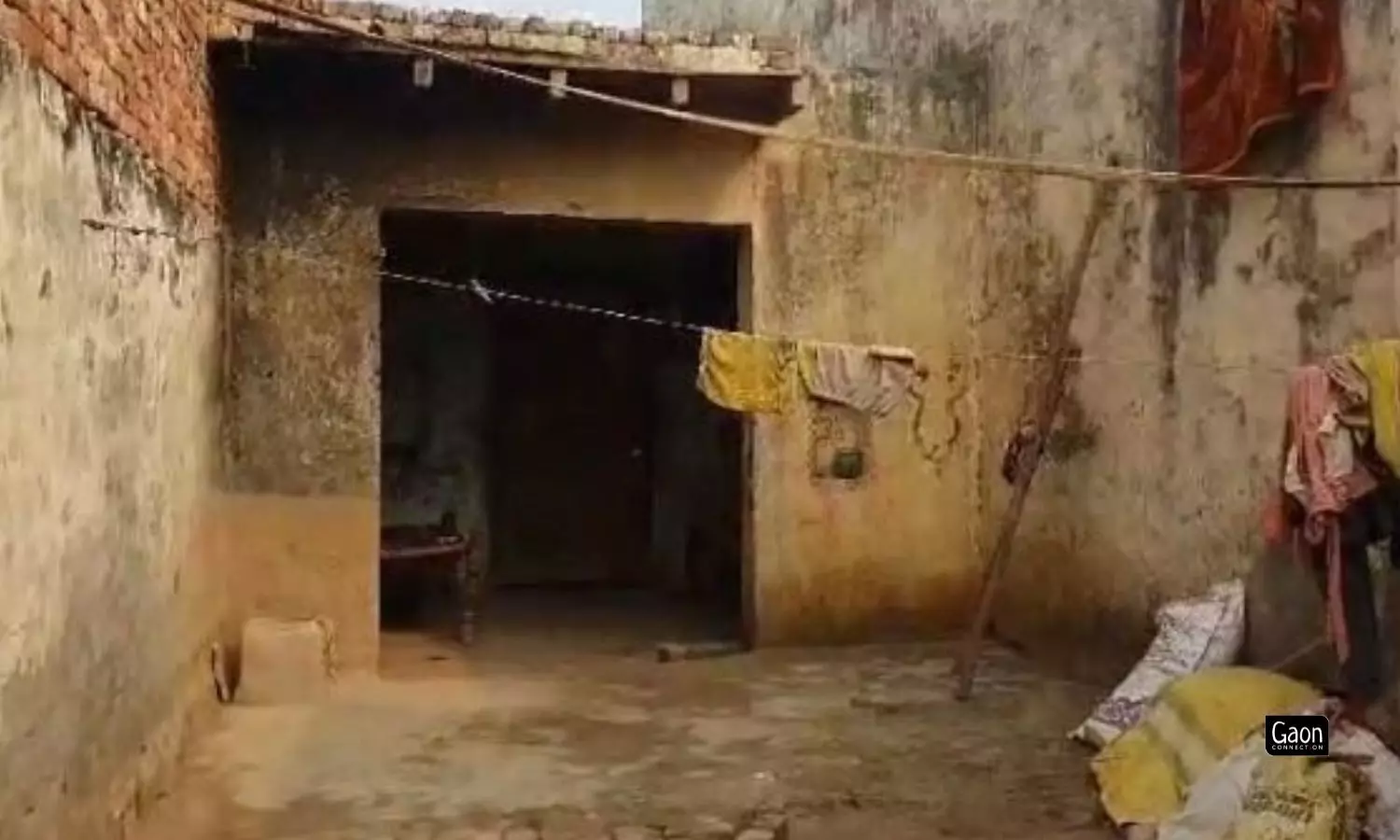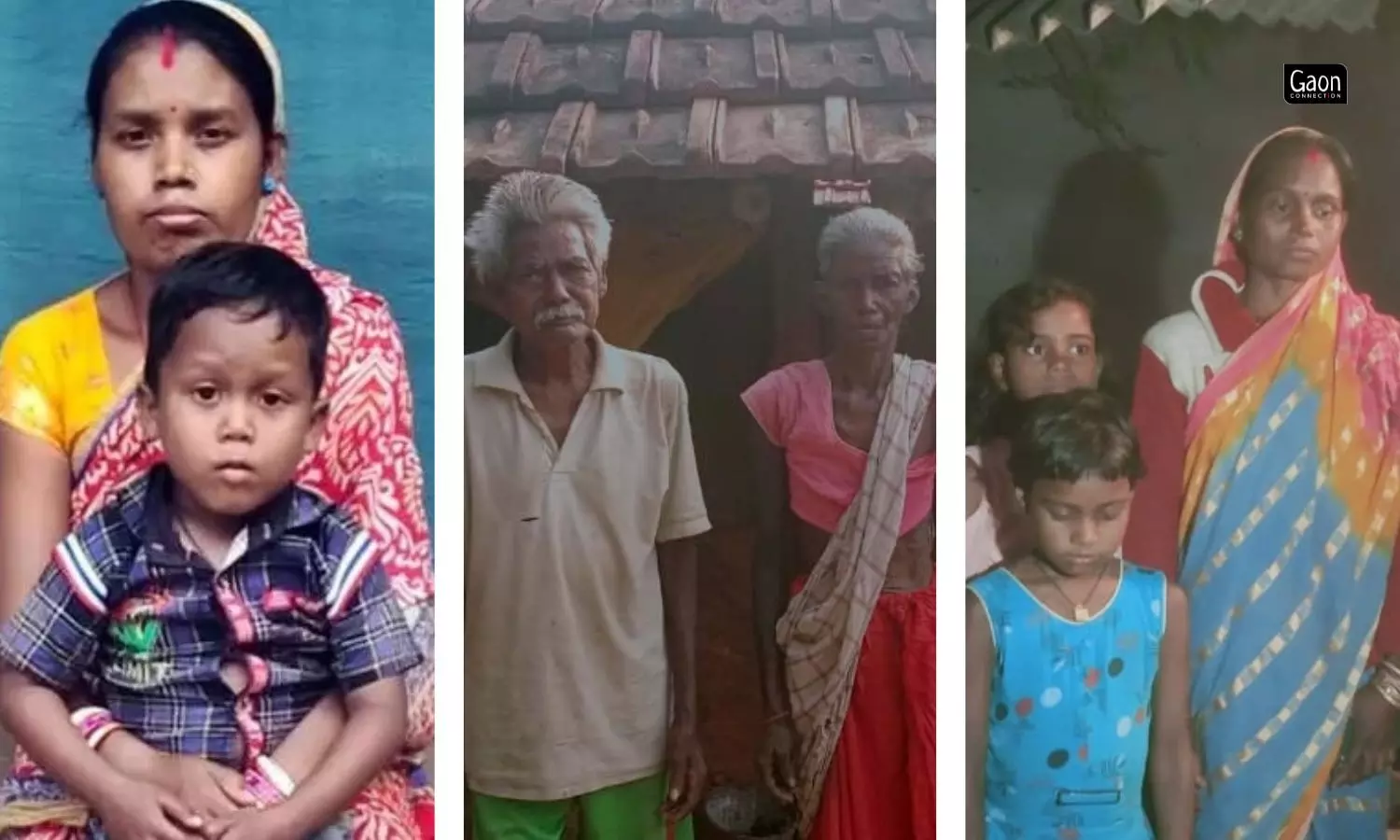On the morning of November 25, Monu Kumar received a phone call from his thekedar or contractor, Vakil Hasan, who directed him to collect five more workers — rat-hole miners, as they are commonly known — from his village Akhtiyarpur in Bulandshahr, Uttar Pradesh, and immediately leave for Uttarakhand.
Monu Kumar knew what lay ahead; the 25-year-old had been watching and hearing about the Silkyara tunnel collapse in Uttarkashi where 41 construction workers were trapped since the morning of Diwali on November 12.
Rat-hole miners like Monu Kumar are trained to dig narrow tunnels and descend into the bowel of the earth to mine for coal. Rat-hole mining, though still practised, is banned in India because of the risks involved and environmental hazards.

At Uttarkashi, international tunnelling experts had already been flown in; the air force, army, NDRF, SDRF, sophisticated machines and several other experts were working day and night to rescue the workers.
The six rat-hole miners left Akhtiyarpur on November 25 morning and after travelling for over 400 kilometres they reached the mouth of the collapsed tunnel the following day.
“Six of us set off from Akhtiyarpur in a car on November 25 and reached Uttarkashi on November 26,” Monu Kumar, one of the rescuers, told Gaon Connection. His companions were Nashir, Jatin, Devendra, Saurabh and Ankur. “Those trapped in the tunnel were fellow labourers and we were determined to get them out,” he added.
Also Read: Uttarakhand Tunnel Rescue: Who Are These Workers Trapped For a Week Now
Vakil Hasan, the thekedar, was already present there along with Munna Irshad, Feroze, Rashid and Naseer. They were joined by rat-hole miners from Delhi and neighbouring places, and these 12 men set out to do what seemed like an impossible task.
Using nothing more than chisels, pickaxes and shovels, they worked in shifts for three days and burrowed their way through the collapsed Silkyara tunnel, which eventually led to the rescue of the 41 workers who walked free, on November 28 evening, after 17 days of being trapped.
Monu Kumar was the first rat-hole miner to go in to rescue the trapped workers. His older brother, Devendra Kumar, who was also part of the team, told Gaon Connection that there was nothing more rewarding than the joy and relief they saw on the faces of the trapped construction workers when they reached them.

Family of one of the rat-hole miners in Akhtiyarpur village, Uttar Pradesh.
“They hugged us and said they were willing to give us anything we asked them for… their land and all that they owned. But we told them that our reward was in them walking out safe with their lives intact,” said an emotional Devendra Kumar.
Describing how they worked as a team, he said: “We dug through 18 metres with our simple tools because the bigger machines that had been brought to the site from far away places had given up.” The 12 rat-hole miners worked in teams of two for three hours each.
“We risked our lives and saved our brothers. We removed mud with our bare hands and our simple tools and created a passage to reach them,” said Devendra Kumar.
He went on to describe how one of them would dig the mud loose, another would collect it while three or four others would haul it up. Their self confidence and skill won the day, he said. It took them three days to cut through the pipes and dig their way in.
The rat-hole miners are bemused at the accolades and praise that has come their way. “For the first time we have been recipients of such respect and gratitude. The chief minister of Uttarakhand Pushkar Singh Dhami hugged us and has promised each of us Rs 50,000,” said Devendra Kumar.

Migrant workers who were stuck in the tunnel.
(R) Ravindra Nayek, (M) Gunodhar Nayek, (L) Ranjit Nayek.
But, the 12 rat-hole miners, to the last one, said they did not come to Uttarkashi to earn money. They came here to do their duty by their fellow labourers. When big machinery failed to clear the debris effectively to rescue the workers, it was the rat-hole miners, many of whom belong to the marginalised poor communities, who showed light at the end of the tunnel.
The rat-hole miners are predominantly from Dalit communities, live difficult lives and pursue their job as they have no other means of livelihood. Most of them are from impoverished families, living away to make ends meet.

House of a rat-hole miner in Akhtiyarpur village, Uttar Pradesh.
“It is backbreaking work, but we are used to it. Our contractor trains us in rat-hole mining. Barring the rainy season, we get to do some work or the other,” said Munna, another rescuer.
In rat-hole mining, small tunnels are dug deep into the ground and miners lower themselves, only one at a time, into the vertical shafts to the pit where the coal is.
These are very small openings that lead to the coal pits and many times children and women are lowered in without any safety gear to mine the coal. Their tools are often nothing more than just chisels, shovels and pickaxes.
“Our work is across the country. In Delhi, Odisha, Maharashtra, Karnataka… wherever there is a need for our skills. We get paid anything between Rs 800 and Rs 1,000 a day,” said Devendra Kumar.
Also Read: Meet Arnold Dix — Australian Tunnelling Expert Who Contributed to Workers’ Rescue in Uttarakhand
Despite hard labour and risks to their lives, families of many rat-hole miners do not even have basic facilities.
“Most of us do not own pucca homes. My family is made up of six brothers, two sisters and my wife and three children, and we would be grateful if the government would provide us a pucca home,” said Devendra Kumar.

But, back in Akhtiyarpur, people have a deep sense of pride in what their fellow villagers have achieved.
“I could not go because of a wedding in the family, but I am so proud of the six men from my village who risked their lives and were successful in saving lives,” Manoj Gautam, a rat-hole miner who has been working for 16 years, told Gaon Connection.
He said while it was hard work and not too well paid, it was the special skill and training of the rat-hole miners that had won the day where imported and sophisticated machinery had failed.













